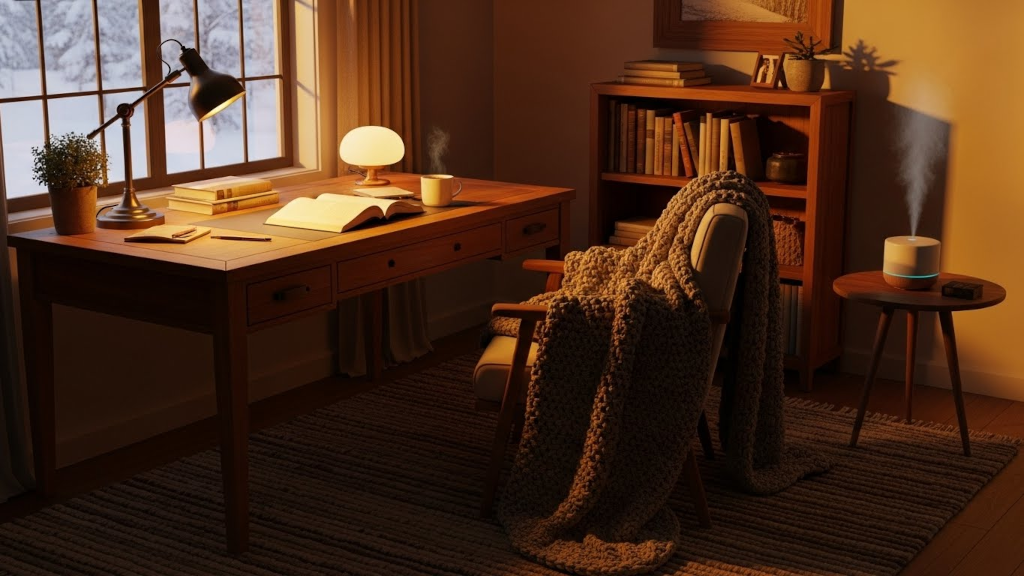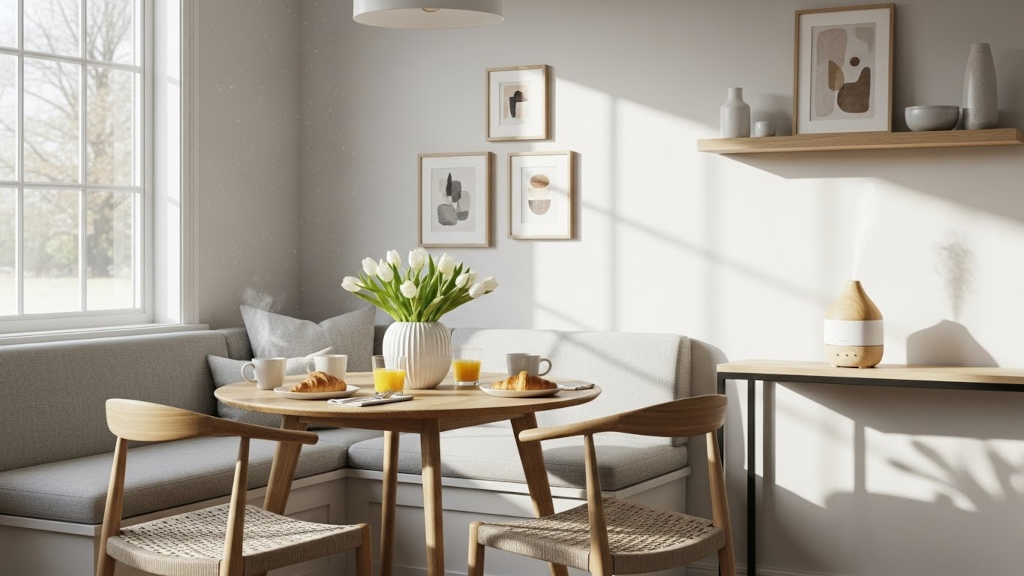Cooking is a sensory experience. The aroma of garlic in oil, the sweetness of something baking, the warmth of herbs in the air. But when the meal ends and the dishes are cleared, what lingers in the kitchen can sometimes feel less inviting. This is where scent becomes not just functional, but refined. Using a home fragrance system after cooking is less about masking odors and more about creating an intentional final note. It’s a way to transition the room from activity back into calm.
The Shift from Meal to Moment
Kitchens are often the most active part of the home. They hold the energy of movement, conversation, heat, and rhythm. Once the cooking ends, though, the space benefits from a sense of closure. A subtle scent can mark that change. It tells your senses the work is done, the mess is gone, and what remains is peace.
Cold air diffusion is especially suited for this transition. Unlike sprays or candles that can feel sharp or heavy after a meal, a modern scent diffuser delivers oils gently into the air without heat or residue. This allows for a clean, soft reset that supports a fresh kitchen atmosphere.
Scent Profiles That Work After Cooking
Not all fragrances are suited for the kitchen. Some compete with lingering food smells or feel too dense in a space that just held steam and spice. The best home fragrance oils for post-cooking moments are those that support clarity, calm, and freshness.
Look for profiles like:
-
Soft herbal blends that include mint, basil, or thyme
-
Citrus-forward oils that cleanse without being harsh
-
Green tea, cucumber, or watery floral tones that feel airy and open
-
Gentle woods or white musk that settle the room without adding weight
These profiles do more than “cover up” the smells of cooking. They support the room’s natural transition. A well-chosen oil can feel like the final touch on a clean countertop or a freshly folded towel. It restores balance.
Timing Matters
Fragrance works best when it becomes part of your rhythm. After cooking and cleaning, take a moment to set the space intentionally. Turn on your cold air diffuser for a short cycle just enough to let the aroma rise into the room and soften the air.
Avoid using fragrance at the height of cooking. Let the natural smells of your ingredients take the lead during meal prep. Scent should come afterward, like a closing line. This allows each experience in the kitchen to stand on its own without competing with added aroma.
Placement for Subtle Effect
In the kitchen, placement is everything. Diffusers should never sit too close to food prep areas or open flame. Instead, consider positioning your cold air diffuser:
-
On a floating shelf or windowsill
-
Near a dining nook or breakfast bar
-
At the edge of the room, allowing the scent to move inward
-
On a console just outside the kitchen, letting fragrance flow in naturally

This creates a soft perimeter of scent. The aroma enters the space gently, rather than hitting the air too directly. It also avoids clashing with any remaining food notes and instead complements the overall feeling of cleanliness.
Supporting the Senses
The goal is not to erase the cooking process. It’s to support what comes next. Think of your kitchen as a space that evolves throughout the day. In the morning, it might need energy and brightness. By evening, it benefits from calm and clarity.
Fragrance plays a quiet but powerful role in helping your space shift between those moments. A kitchen that smells fresh and curated after cooking encourages lingering. It invites conversation over tea, quiet cleanup with music, or simply enjoying the stillness after a good meal.
Building a Routine
Using your diffuser after cooking can become a sensory ritual. Much like wiping down the counters or running the dishwasher, scent can be the final step. It signals to the body that the work is done. That you’ve cared for your space. That it’s ready to rest.
Choose one or two fragrance oils that feel right for your kitchen and rotate them depending on the time of year or your mood. Keep your diffuser clean and ready. Let it become part of the language of your home, not just a tool for odor removal.
Final Thought
A clean kitchen is more than visual. It’s a full-sensory experience. The right scent helps you close the space gently, without sharp contrasts or artificial notes. Through cold air diffusion, fragrance becomes a form of punctuation. A quiet, elegant ending to a vibrant part of the day.
By using home fragrance with intention, your kitchen becomes more than just a place to cook. It becomes a place to breathe, reflect, and restore.
Related Reading: Kitchen Fragrance








